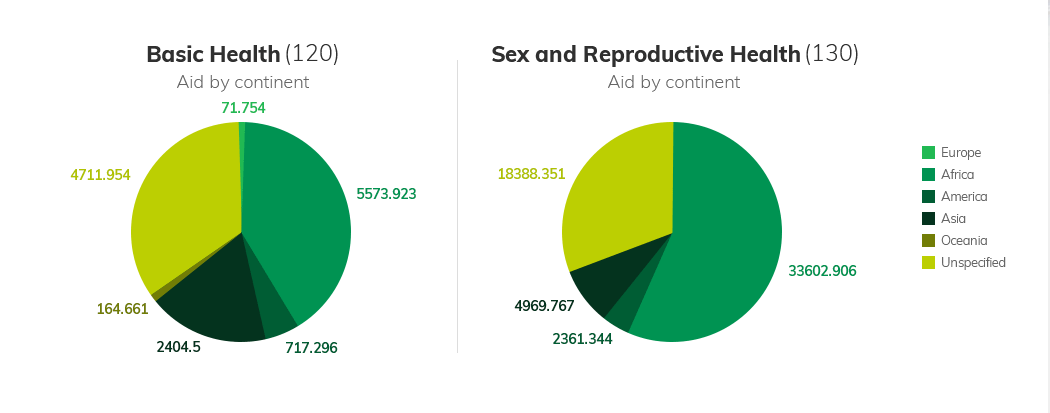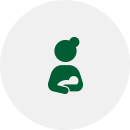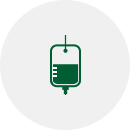
International ODA Trends
Countries’ ODA trends are introduced.
Size and strategies of each country are constantly compared and analyzed.
HOME  International ODA Trends
International ODA Trends  USA
USA
USA
USA’s ODA Trends
The United States is the largest donor
country among donors.
Although ODA / GNI ratio is 0.18%, which is 50% of total international health aid,
ODA support is not desirable because it does not exceed the OECD-DAC standard of 0.7%.
The paths for delivering development assistance are primarily divided into bilateral aid
(development aid provided on a national-to-national basis) and multilateral aid
(funded by international organizations). 46.1% of US aid is the method of
bilateral aid. These organizations include USAID, Presidential Malaria Initiative
(PMI), and the Presidential Emergency Plan for AIDS Relief (PEPFAR).
The following is a list of priorities (2008 - 2016) of the US grant aid
continent, based on the OECD- DAC's CRS aid objective code,
focusing on the health sector (120) and sexual reproduction (130)data.

For basic health (120), US supports Africa (41%), unspecified (35%), Asia (18%), and reproductivehealth,
the Americas (5%), Asia (8%), and the Americas (4%). In both areas, the continent where the United States invests has the same priority,
but in the sex reproduction sector, it is investing more in Africa.
US ODA strategy for international health
USAID's global health program, which is one of the leading organizations in the United States, establishes a sustainable health system while strategically setting three priorities: maternal health, HIV / AIDS suppression, and infectious diseases.

-
Mother and Child Health
5.9 million children and 303,000 women die each year. USAID has identified this as an urgent issue and has identified it as a priority issue. USAID, which conducts family planning, maternal and child health, malaria, and nutrition programs is the most severe health problem in the country and the result of utilizing the public and private sector resources that the state already has. We have selected 25 countries in which we operate.

-
HIV / AIDS Suppression
USAID leads the HIV / AIDS program. Since 2003, USAID has supported approximately 95 million HIV / AIDS screenings and about 5 million US government funds. We have also trained more than 270,000 support staff for HIV / AIDS and othe health care projects.

-
Infectious Disease
The Emerging Pandemic Threats program is designed to strengthen the health sector system to cope with the epidemic's sudden outbreak and transition. The effectiveness of this program has reduced the incidence of pneumonia by 50% since 1990. In the US in 2017, the sectors and ratios of investment by the health sector in ODA are infectious disease management (21%), reproductive health (21%), malaria management (16%), family planning (16%), and basic health (12%).

Girls’ health
The United States operates the DREAM initiative to promote girls' health. The DREAM Initiative, which is the largest HIV-infected country in the world, includes ten countries - Kenya, Lesotho, Malawi, Mozambique, South Africa, Swaziland, Tanzania, Uganda, Zambia and Zimbabwe - It is a civil partnership for girls aged 10 to 24 and young women. Currently, Melinda & Bill Gates, Nike, PEPFAR, and the US government have signed partnerships to support their healthy lives and to ensure freedom from AIDS threats..


